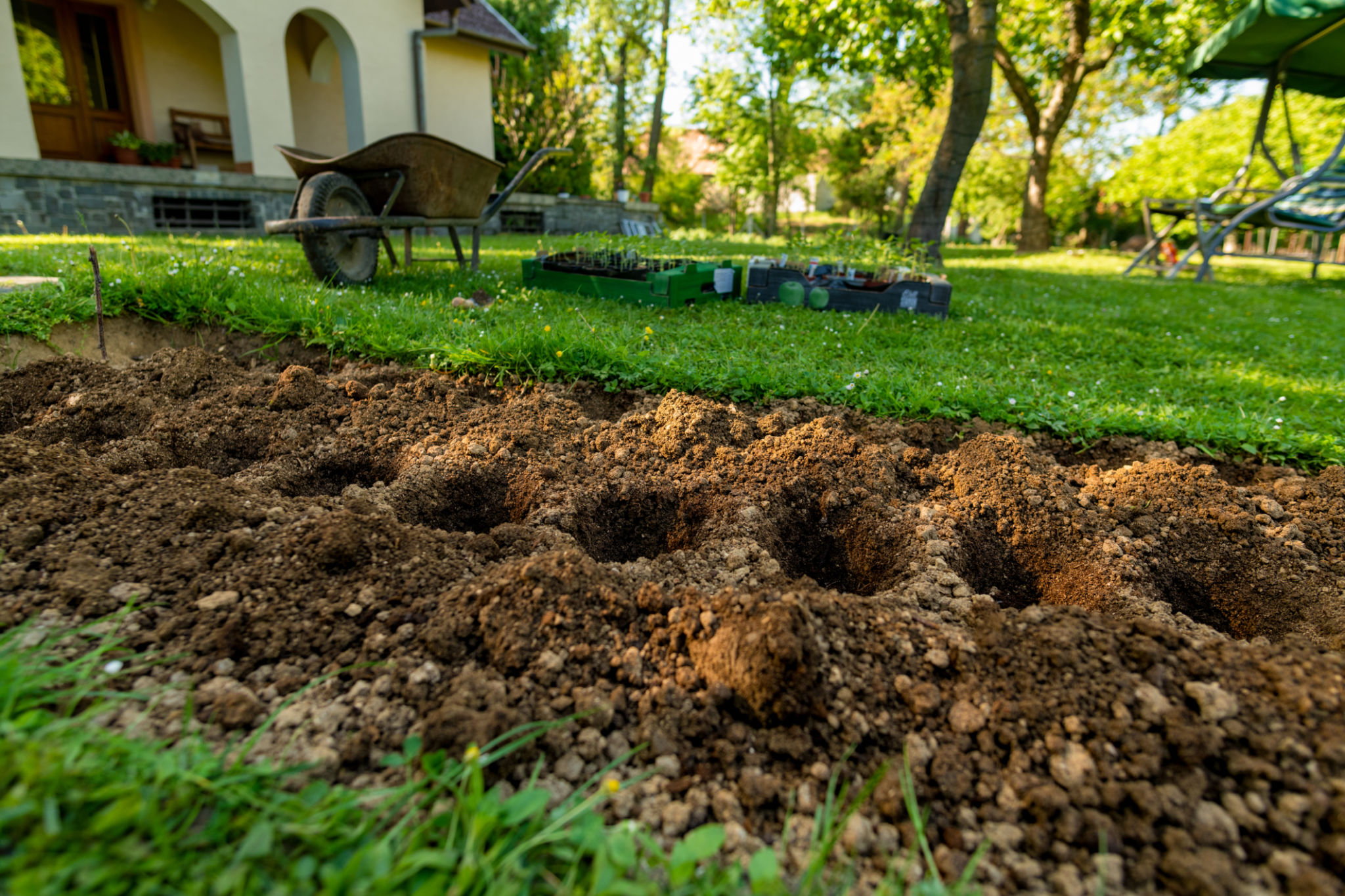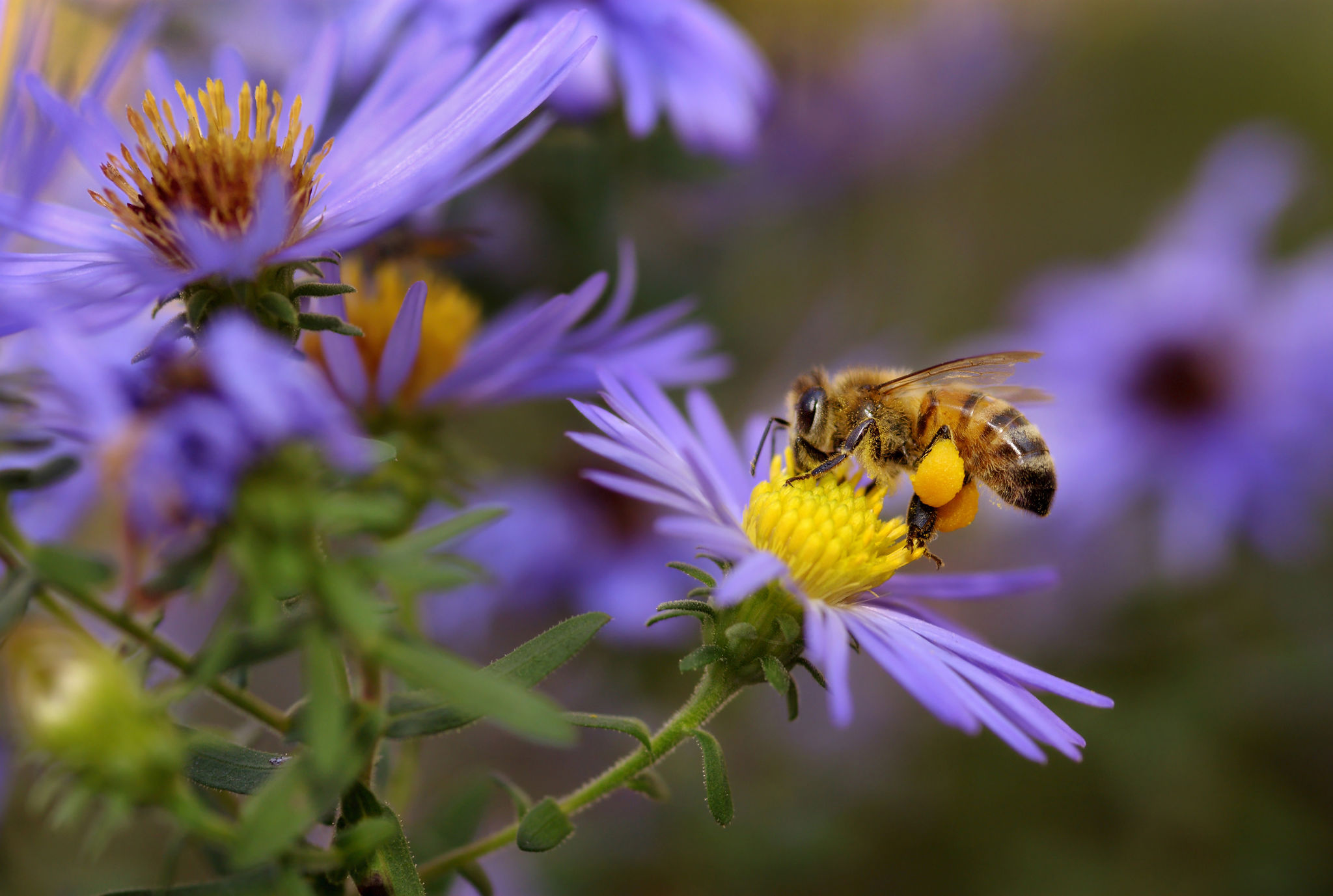How to Create a Sustainable Garden Design in Wilmington, NC
Understanding Your Local Environment
Wilmington, NC, is known for its humid subtropical climate, characterized by hot summers and mild winters. This unique climate provides an ideal setting for creating a sustainable garden. Before you start, it's essential to understand the local environment, including the soil type and native plants that thrive in this region.
Soil in Wilmington is typically sandy, which means it drains well but may require organic amendments to retain moisture and nutrients. Knowing this will help you select the right plants and determine how to amend your soil for optimal growth.

Choosing Native Plants
The key to a sustainable garden is choosing plants that are native to the area. Native plants are naturally adapted to the local climate and soil conditions, making them more resilient and requiring less maintenance. In Wilmington, consider incorporating plants like Sweet Bay Magnolia, Eastern Redbud, and Seaside Goldenrod.
These plants not only support local wildlife but also help in conserving water as they are accustomed to the local rainfall patterns. By selecting native plants, you create a harmonious ecosystem that supports biodiversity.
Implementing Water-Wise Practices
Water conservation is a crucial aspect of sustainable gardening. Implementing practices such as rainwater harvesting can significantly reduce your garden's water consumption. Consider installing rain barrels to collect rainwater from your roof. This harvested water can be used during dry spells, ensuring your garden stays lush without relying on municipal water supplies.

Incorporating drip irrigation systems is another effective way to conserve water. These systems deliver water directly to the plant roots, minimizing evaporation and runoff. Mulching around plants also helps retain soil moisture and reduces the need for frequent watering.
Creating a Pollinator-Friendly Space
Pollinators like bees, butterflies, and hummingbirds are vital to the health of any garden. Creating a pollinator-friendly environment enhances your garden's sustainability by promoting plant reproduction and biodiversity. Plant a variety of flowering plants that bloom at different times of the year to provide a continuous food source for these pollinators.

Avoid using pesticides and chemicals that can harm pollinators. Instead, opt for organic gardening practices that support a healthy ecosystem. Providing shelter with elements like bee hotels or butterfly houses can also attract these beneficial creatures to your garden.
Sustainable Garden Design Tips
When designing your garden, consider incorporating features that promote sustainability. Here are some tips:
- Use Permeable Materials: Choose permeable paving materials like gravel or permeable pavers to reduce runoff and improve water infiltration.
- Create Windbreaks: Plant trees or shrubs strategically to act as windbreaks, reducing wind erosion and providing shelter for your garden.
- Compost: Start a compost pile with kitchen scraps and yard waste to create nutrient-rich soil amendments for your garden.
By following these sustainable garden design principles, you can create a thriving outdoor space that not only benefits the environment but also enhances the beauty of your Wilmington home.